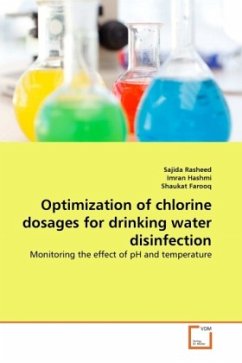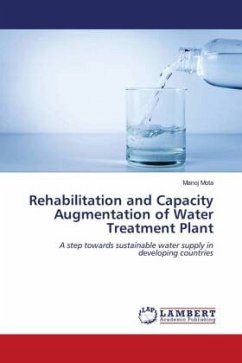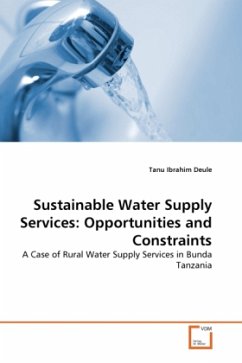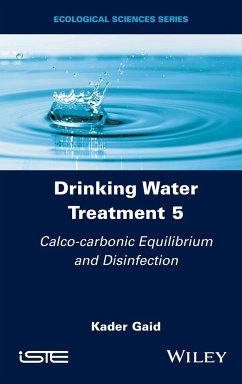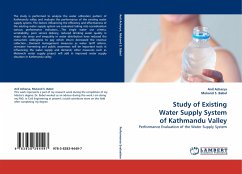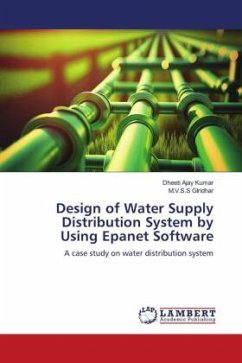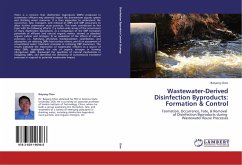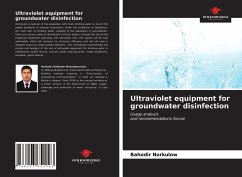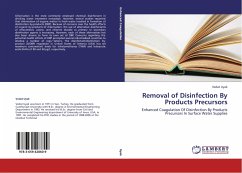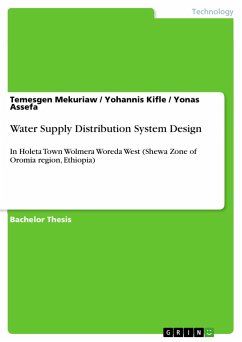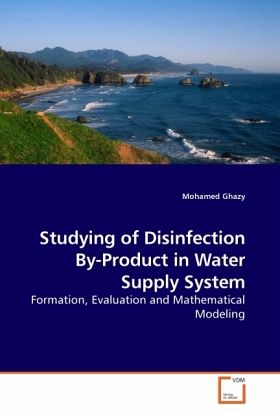
Studying of Disinfection By-Product in Water Supply System
Formation, Evaluation and Mathematical Modeling
Versandkostenfrei!
Versandfertig in 6-10 Tagen
39,99 €
inkl. MwSt.

PAYBACK Punkte
20 °P sammeln!
Disinfection by products (DBPs) consist of a wide variety of chemicals that can form when disinfectants, such as chlorine, react with naturally organic compounds in water during treatment processes. In this study, the affect of several parameters on DBPs formation and concentrations in water supply systems was analyzed during experimental bench scale study, field sampling and laboratory analysis program over one year. A mathematical model that expresses THMs concentration in water treatment plant and water distribution system in terms of initial chlorine dose, total organic carbon, bromide ion...
Disinfection by products (DBPs) consist of a wide variety of chemicals that can form when disinfectants, such as chlorine, react with naturally organic compounds in water during treatment processes. In this study, the affect of several parameters on DBPs formation and concentrations in water supply systems was analyzed during experimental bench scale study, field sampling and laboratory analysis program over one year. A mathematical model that expresses THMs concentration in water treatment plant and water distribution system in terms of initial chlorine dose, total organic carbon, bromide ion, contact time, temperature, algae, and pH is developed using the experimental measurements. The predictive model was calibrated to the actual DBPs concentrations during the sampling period.



